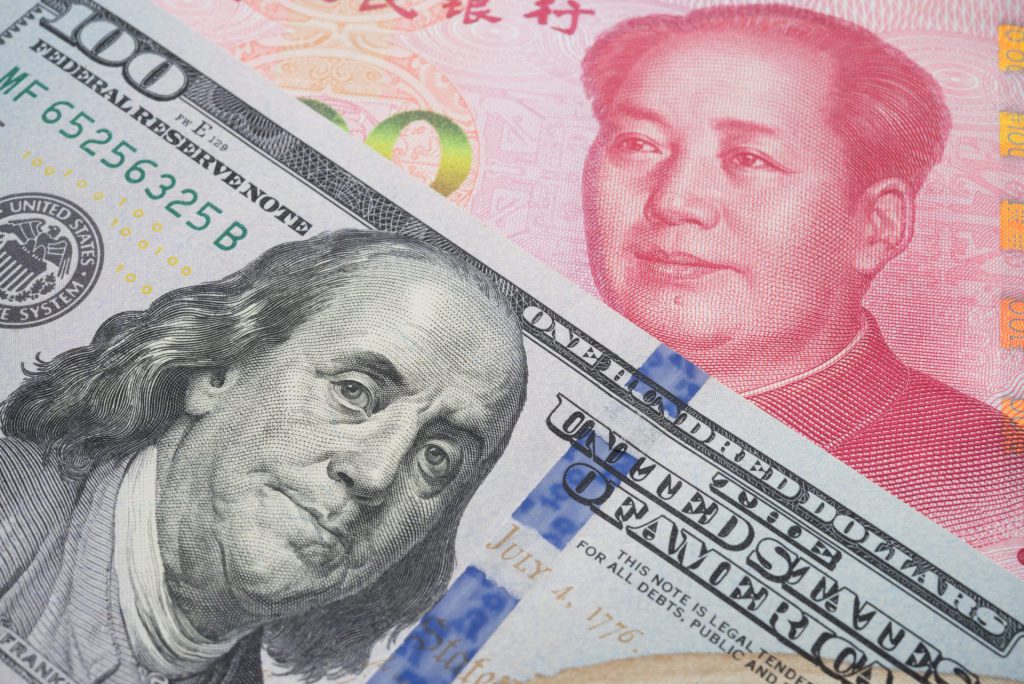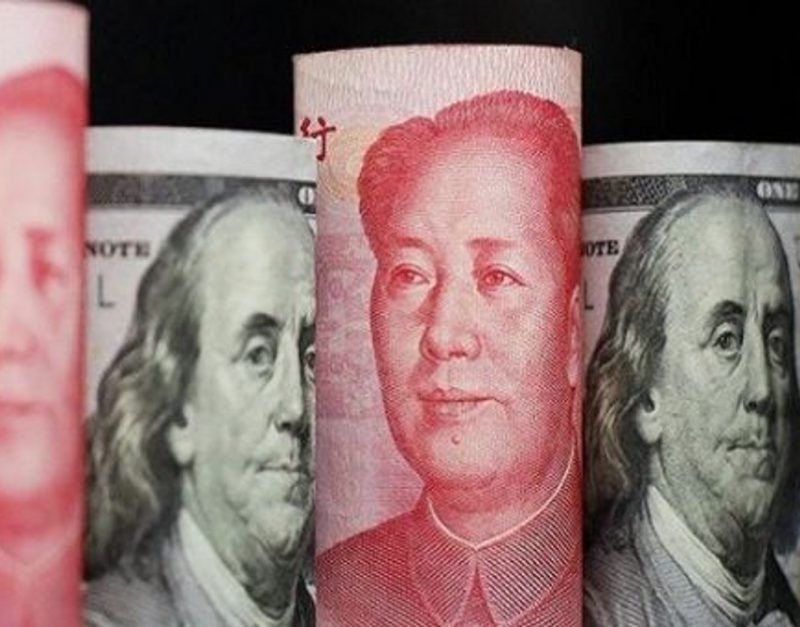President Xi Jinping is trying to counter the US dollar on the global stage by pushing the Chinese yuan ahead for cross-border transactions. Jinping wants the Chinese yuan to dominate the global trade sector and push the US dollar second in line. While that’s the agenda of the President, multinational corporations in China are not buying into the idea.
Also Read: U.S. Oil and Gas Production Shatters Records in 2024
Leading businesses in China are not convinced with the ideology, as they fear incurring losses. The yuan has already shed 1.9% of its value against the US dollar in 2024 alone. The Chinese yuan is dipping against the US dollar and is now at a 5-month low.
Estimates forecast it could fall further making the currency enter dangerous waters. Therefore, keeping more yuan and less of dollars will severely impact businesses leading to losses or even job cuts.
Also Read: When Will Gold Prices Reach $3,000?
Chinese businesses are parking their dollars offshore in deposits that earn them 6% returns. The yield is higher compared to 1.5% on yuan deposits in the homeland, and are waiting for better exchange rates. The development indicates that even China’s businesses don’t want the Chinese yuan as the risk of a crash remains higher.
A financial analyst explained that hoarding dollars offshore will continue among top businesses in China as returns are better. “This huge positive yield spread is not evaporating anytime soon,” said Alvin Tan, Head of Asia FX Strategy at RBC Capital Markets to Reuters.
Also Read: Commodity Market: Copper Prices To Rise 50% & Reach $15,000?
Chinese Businesses Hoard US Dollars, Fear the Yuan Leads To Losses


Top import and export businesses in China are hoarding the US dollars because they expect their own currency to weaken. The fear stems from a market that remains on the razor’s edge and feeble economic growth after the COVID-19 era. The latest data from the People’s Bank of China (PBOC) shows that foreign exchange deposits surged by $53.7 billion since September 2023 touching $832.6 billion in Q1 of 2024.





